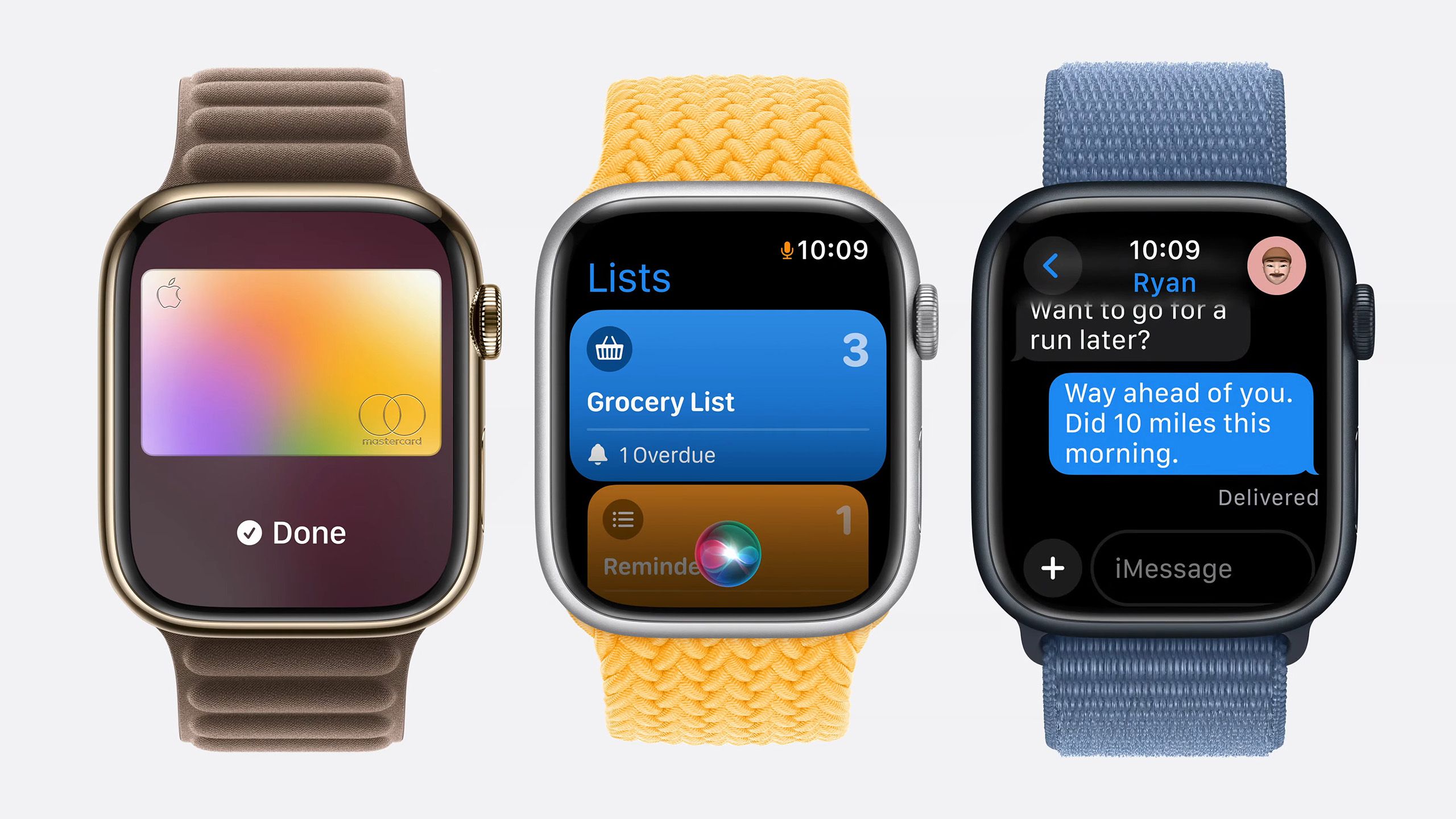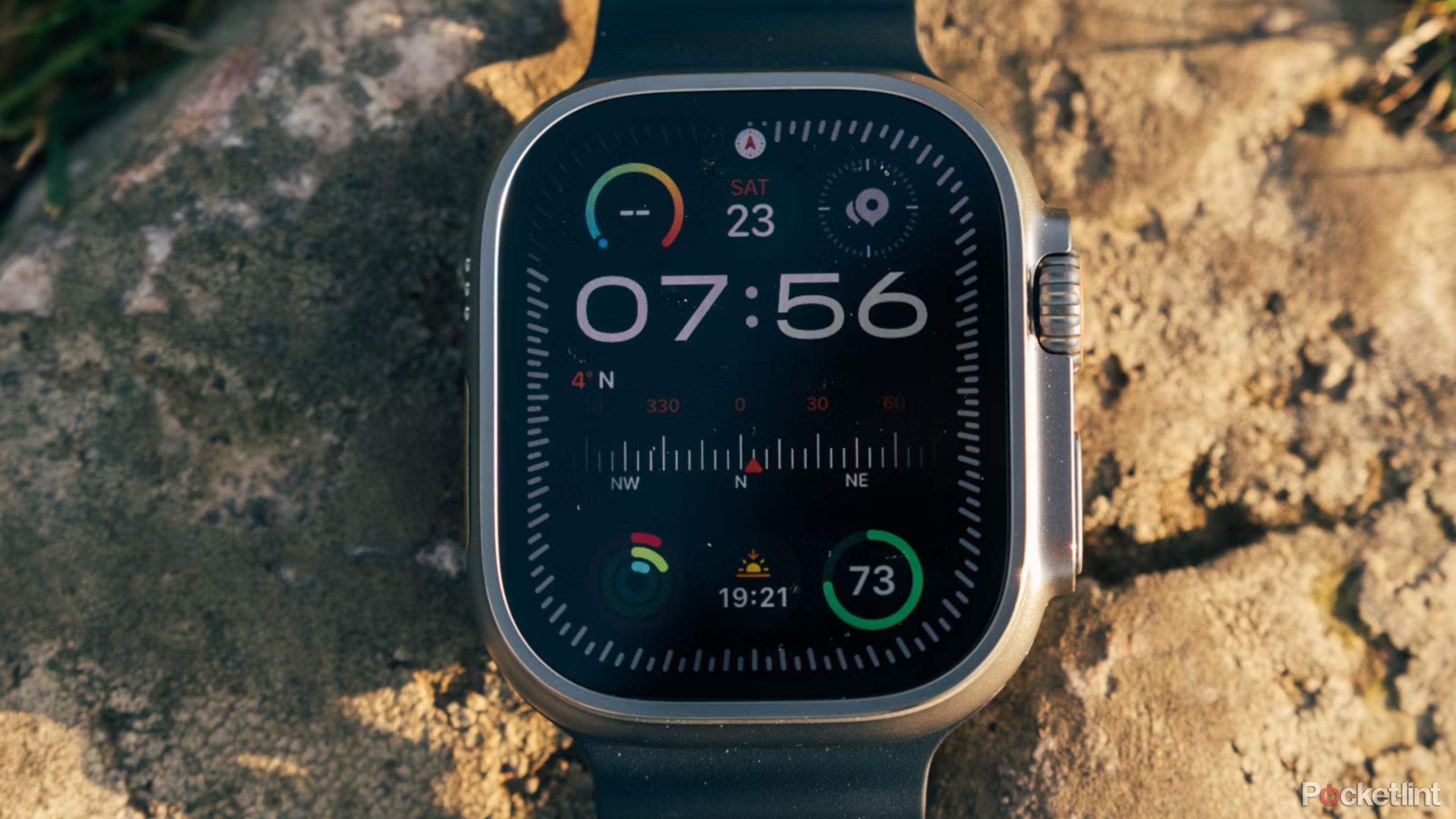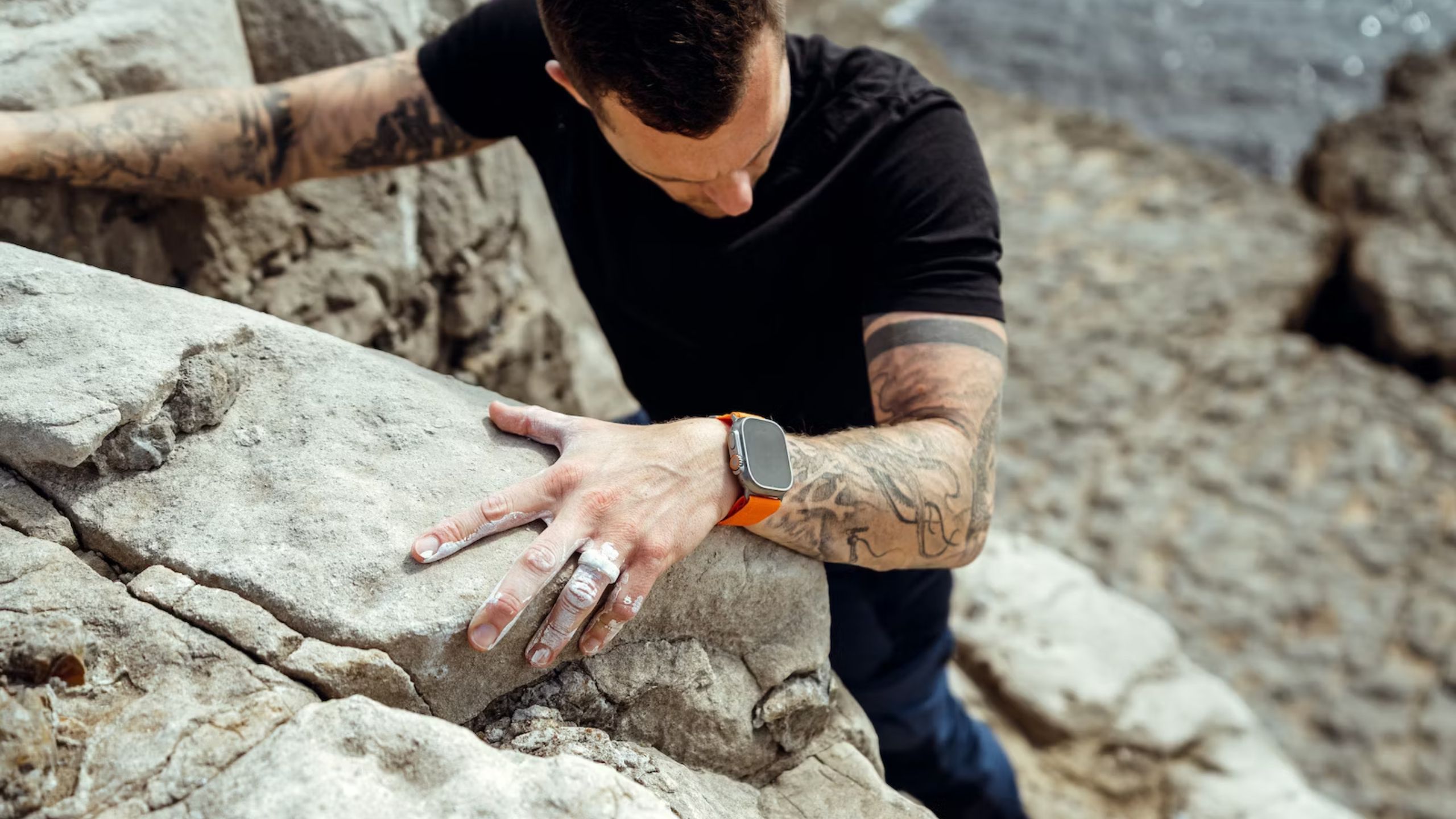Key Takeaways
- The Apple Watch Series 10 could have a larger display but retain the design of the Series 9. The Ultra 3 could follow suit.
- The redesign feels like a solution in search of a problem, but the current design is compact, comfortable, and durable.
- Apple should focus on improving battery life and expanding storage capacity in future models.
If you’ve been keeping an eye on rumors surrounding the next Apple Watch, you know that rumors suggest the new model could feature the first major redesign of the Watch since the Series 4. Some reports have mentioned a slimmer case, blood pressure sensors, and a magnetic band system. In fact, there are concerns that Apple’s plans could render decade-old bands obsolete, at least without some sort of adapter.
However, recent rumors have suggested that Apple is scaling back its ambitions for both the Series 10 and the Ultra 3. Leaked blueprints from 91mobiles support the idea that the Series 10 will feature larger 45 and 49mm displays, but will otherwise likely be similar to the Series 9. The Ultra 3 will follow suit, likely being slightly larger, but should otherwise inherit features from the 10.
If the rumors are correct, we could see a return of these radical design changes in 2025, but I’d rather see Apple focus on other things: unbeatable specs.
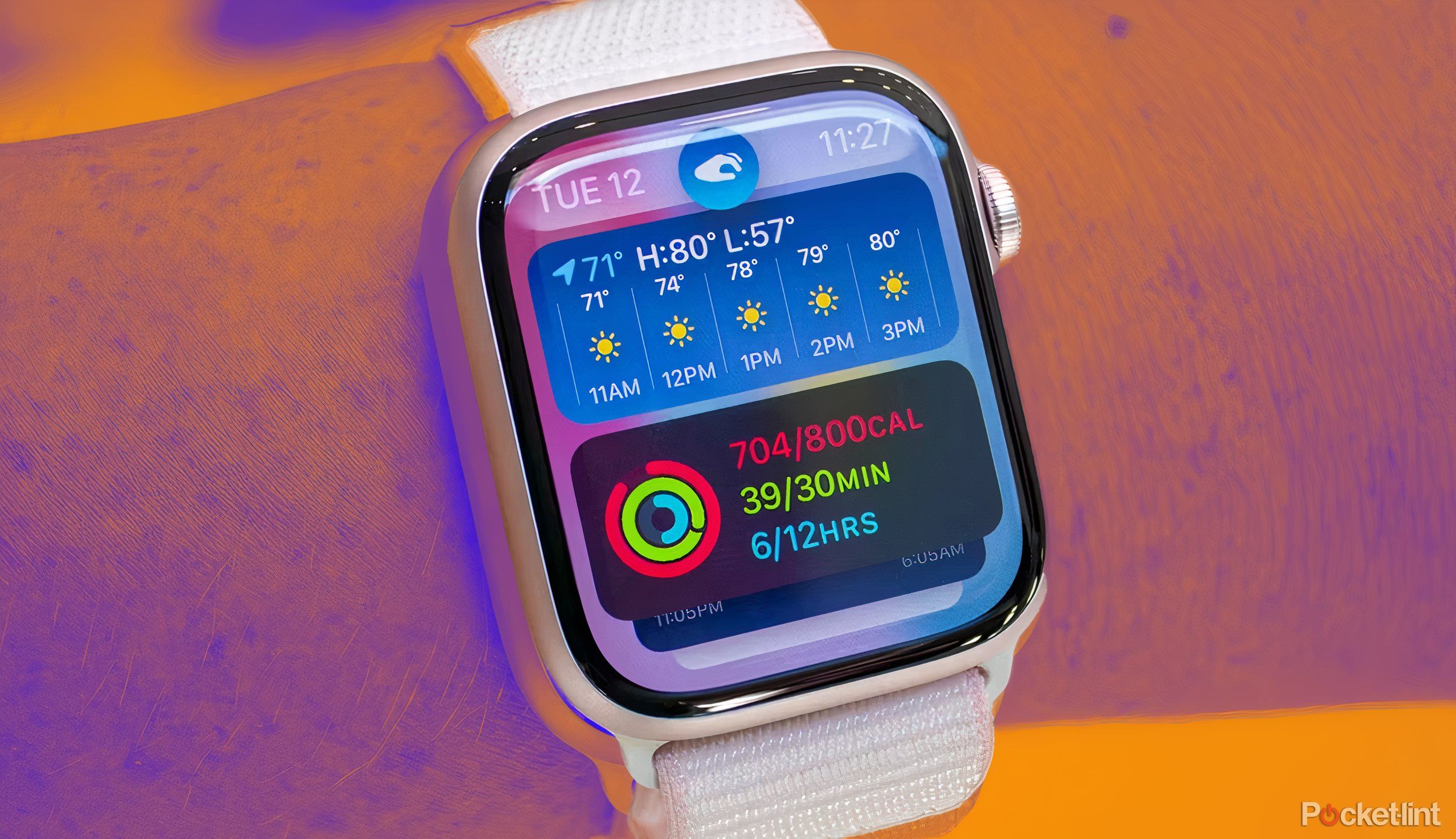
Related
Apple Watch Series 10: Rumors, leaks, and what we know
The Apple Watch Series 10 is expected to launch later this year and may feature a redesigned device and new health tracking features.
If it’s not broken…
The current design is superior in many ways
apple
Apple already has a strong design foundation. The Series 9 is compact, comfortable, stylish, and durable, so long as you choose the size, color, and material that suits you. The S9 chip is fast, and the display is bright and clear, even in the midday sun. The Ultra 2 isn’t as compact, and it only comes in one color, but it still takes it to the next level. It’s a viable alternative to premium Garmin watches, with all the benefits of deep iPhone integration.
The redesign feels like a solution in search of a problem.
In other words, there’s nothing fundamentally wrong with it. While people have been unhappy with some of Apple’s choices (more on that later), there’s little to complain about something that would require a major overhaul. I understand the desire to make the band mechanism easier, but the current system works well enough once you get used to it. Assuming Apple goes with magnetic technology, hopefully the company will go all out for backwards compatibility so you don’t have to give up your favorite straps.
The redesign feels like a solution to a problem. Few people need a thinner, rounder, or flatter-edged watch. The magnetic band system may be convenient for many, but it’s hard to imagine one that’s as secure as the current one. After buying a $400-$800 smartwatch, the last thing you want is for it to be ripped off your arm by gym equipment.
Knowing the history of the consumer electronics industry, the biggest benefits of the redesign could come to Apple in the form of marketing hype, reduced manufacturing costs, and laying the groundwork for future chips and sensors.
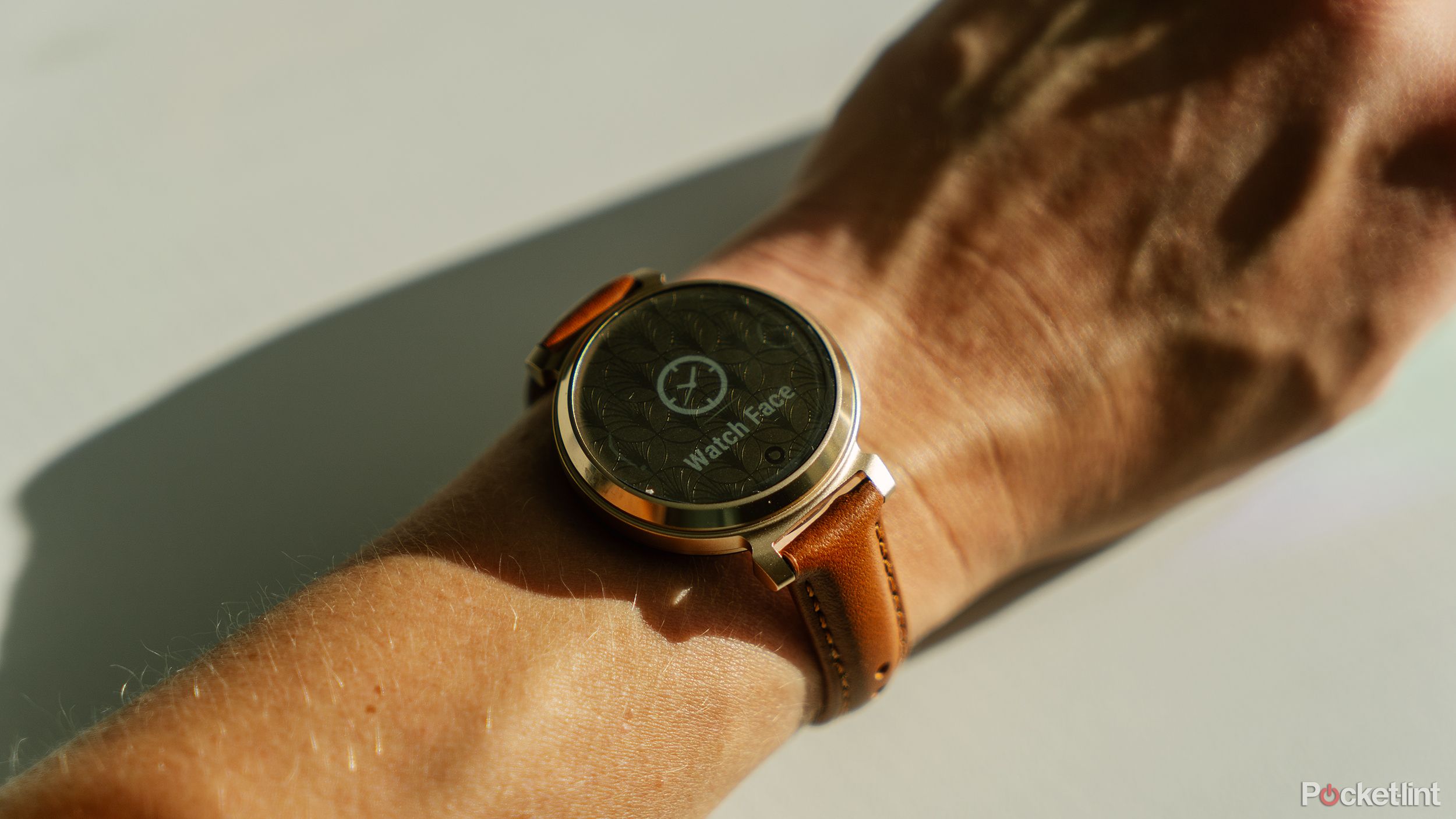
Related
6 signs it’s time to upgrade your fitness tracker
Although it can be easy to become attached, there comes a time when it’s best to let go.
What should Apple change about the Apple Watch?
Battery life could be better
The most common issue among Apple Watch owners is poor battery life. The Series 9 lasts about a day on a single charge, but less if you regularly use features like sleep and exercise tracking. Meanwhile, the Ultra 2 lasts more than three days, but that period is shorter if you actually engage in the kind of activity Apple advertises. When it comes to longevity, Garmin remains the king; even lower-cost Fitbit devices can sometimes rival the Ultra.
Increasing the battery life of the Series 10 or 11 by even a couple of days would give Apple a competitive edge and encourage existing owners to upgrade. In fact, many people wouldn’t mind the Apple Watch getting thicker to accommodate it; a few millimeters wouldn’t add much weight or make it harder to roll up your shirt cuffs. Apple might have made this adjustment already if it weren’t so concerned that batteries would eat into its profit margins.
Extending the battery life of the Series 10 or 11 by even a couple of days would give Apple a competitive edge and encourage existing owners to upgrade.
Sooner or later, Apple will have to step up and offer more than 64GB of storage, which is usually plenty for a smartwatch, but not for users who want to download apps, animated watch faces, multiple music playlists, and offline maps with watchOS 11, due out this fall. I wouldn’t be surprised to see the Ultra 3 jump to 128GB; hikers and runners are the Ultra’s core demographic, after all, and it would be another way to differentiate the device from cheaper models.
Some of the complaints could be addressed with more time and resources spent on the software. Apple is just starting to catch up with Garmin’s health and fitness tracking levels, such as adding training load measurements and offline navigation. They should also work on custom watch faces, smoother caching and syncing, and making the Watch more independent from the iPhone. I don’t see a fully independent model in the near future, but much of the Watch setup still requires you to take your iPhone out of your pocket, let alone one that works with Android devices. Even offering syncing with a Mac or iPad would be a step forward.
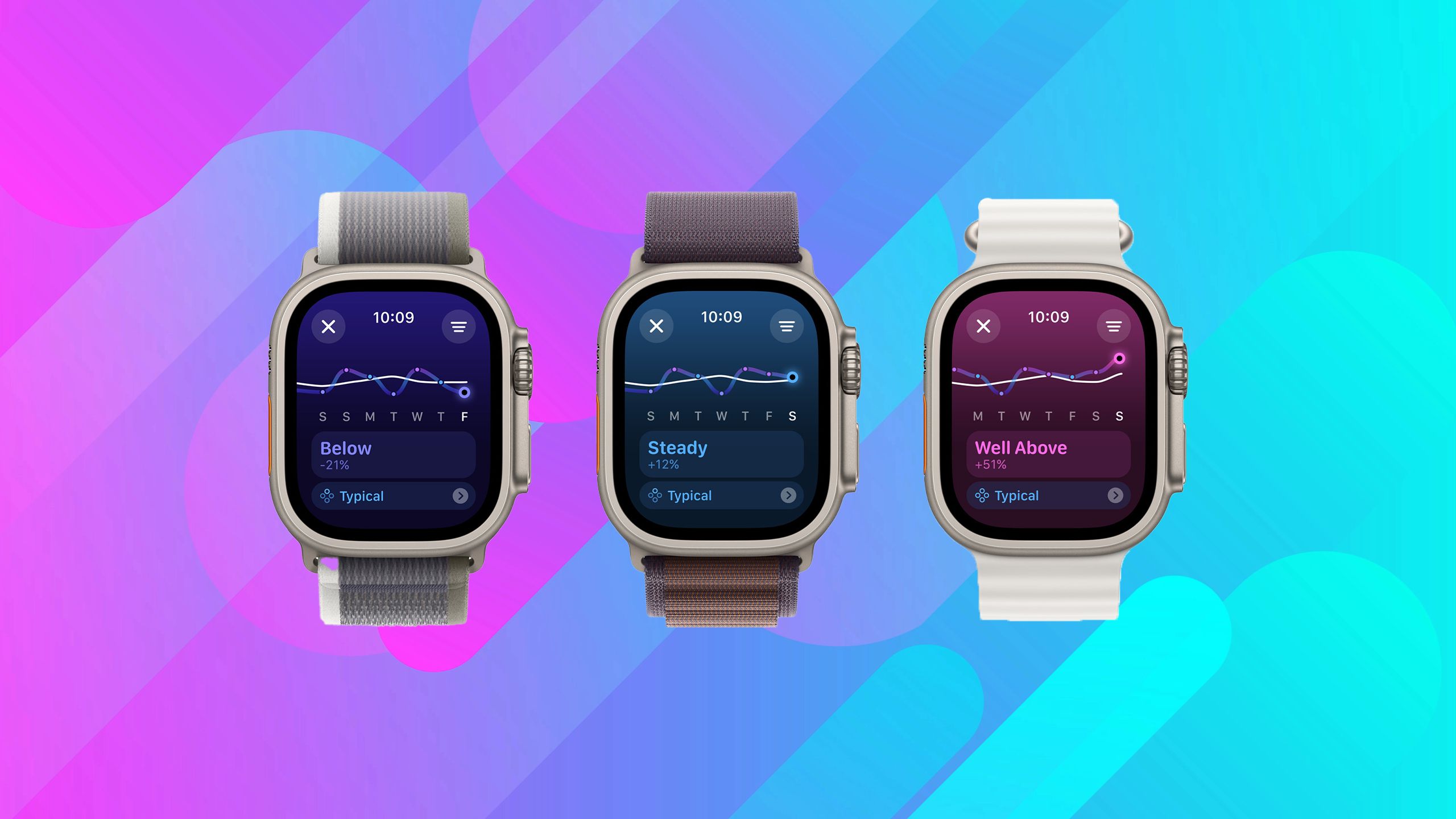
Related
watchOS 11 turns your Apple Watch into a Garmin
The Apple Watch finally has a widely used training tool.
What are the odds of this wishlist?
Apple has its own plans
Loic Salan
Realistically, it’s not that great. Storage capacity could increase, but Apple has been obsessed with battery life for a long time. Consider that not only the Apple Watch, but also the iPhone still doesn’t last two days of battery life, and that the 2024 iPad Pro can play video nonstop for 10 hours (the same as the 2010 iPad). Typically, Apple improves battery capacity as much as necessary to maintain the status quo. It also seems they’re refocusing on thinness, which is not a good sign.
While storage capacity could expand, Apple has long been stubborn about battery life, and that’s not just limited to the Apple Watch.
As for watchOS, I’d expect to see improved fitness tracking, but none of the other features I mentioned. Apple’s current software priority is Apple Intelligence, which should eventually make it to the Apple Watch (likely alongside the Series 10 and Ultra 3). If they’re worried about competing with Google Gemini and Microsoft Copilot, they’re not going to devote resources to custom watch faces.
To be clear, I don’t expect Apple to “break” the Apple Watch anytime soon. In fact, I expect features like Apple Intelligence to arrive and I’m interested to see what a redesigned Watch will look like. The question is whether business priorities will align with what the public wants.
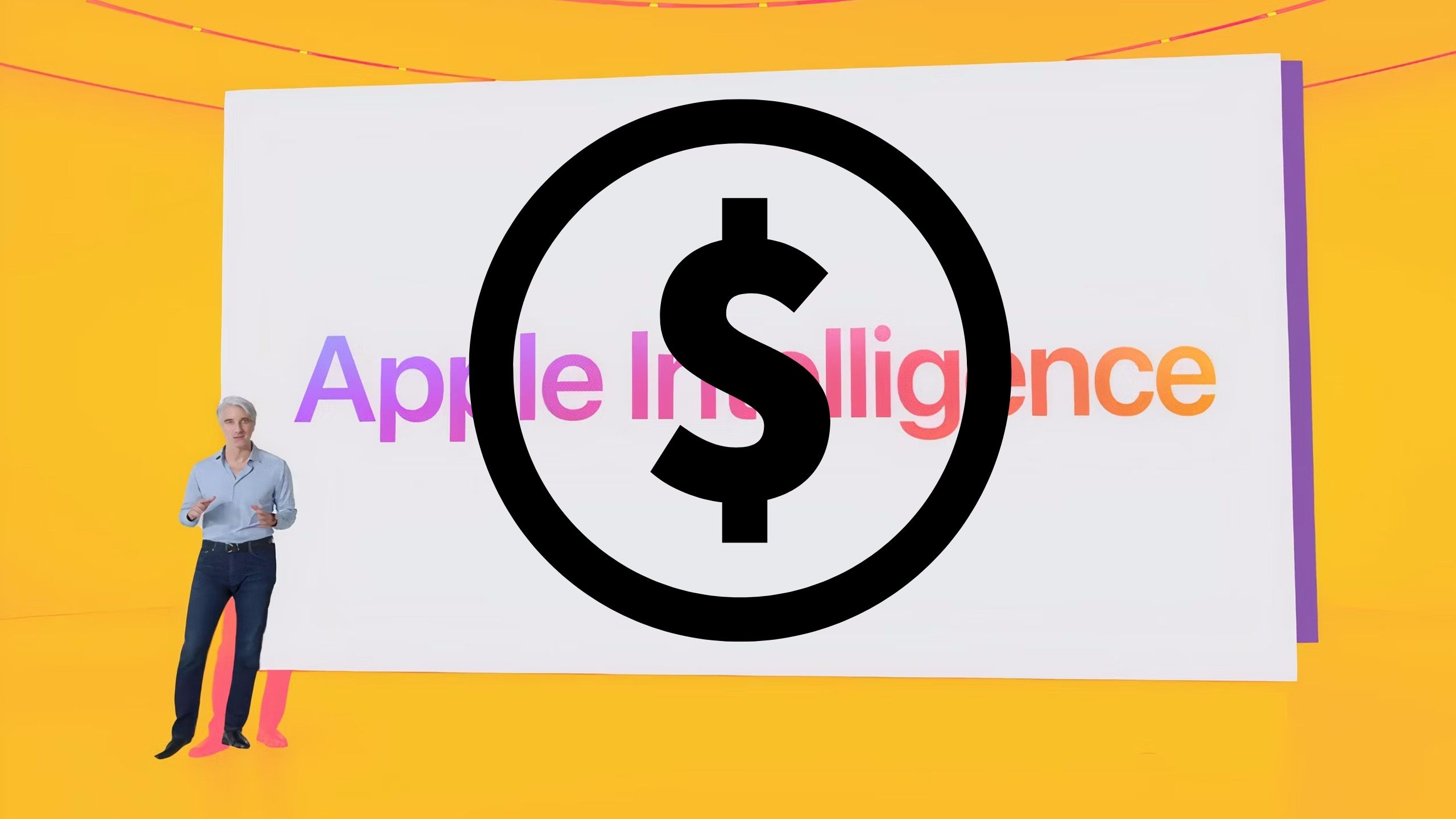
Related
Apple Intelligence features may cost money in the future
Apple may introduce subscriptions for some AI features.



